Nyungwe National Park offers opportunities for hiking, birding, and spotting wildlife. Discover one of Africa’s oldest rainforests and its many rare species.
Nyungwe National Park offers opportunities for hiking, birding, and spotting wildlife. Discover one of Africa’s oldest rainforests and its many rare species.
|
Nyungwe Forest National Park is the largest montane forest in Central and East Africa covering over 1000 square kilometers tucked away in the middle of Rwanda’s tea plantations and surrounded by beautiful and pristine tree plants. Nyungwe forest is believed to one of Africa’s oldest montane forests featured to be green all year round which truly justifies its biodiversity. Nyungwe Forest national park has for long proved to be a favorite tourist destination thanks to its habituated chimpanzees and 12 other primates’ species plus a hooping 300+ bird species including 16 endemics and several other mammal species. This imminent Nyungwe Forest national park is filled with nature and wildlife experiences for you to emerge yourself in. Hiking or even biking the beautiful terrain, tracking the famous chimpanzees, experiencing the canopy walk, witnessing beautiful birds, relaxing by waterfalls are just a glimpse of activities that Nyungwe offers. Exploring through the forest, travellers will witness the lush green mountains and cooling mist in a landscape that won’t be soon forgotten. |
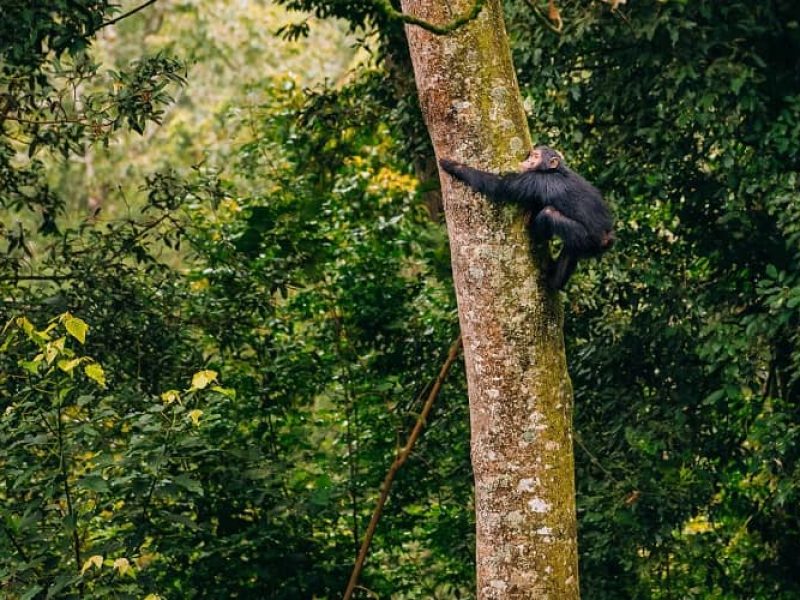 |
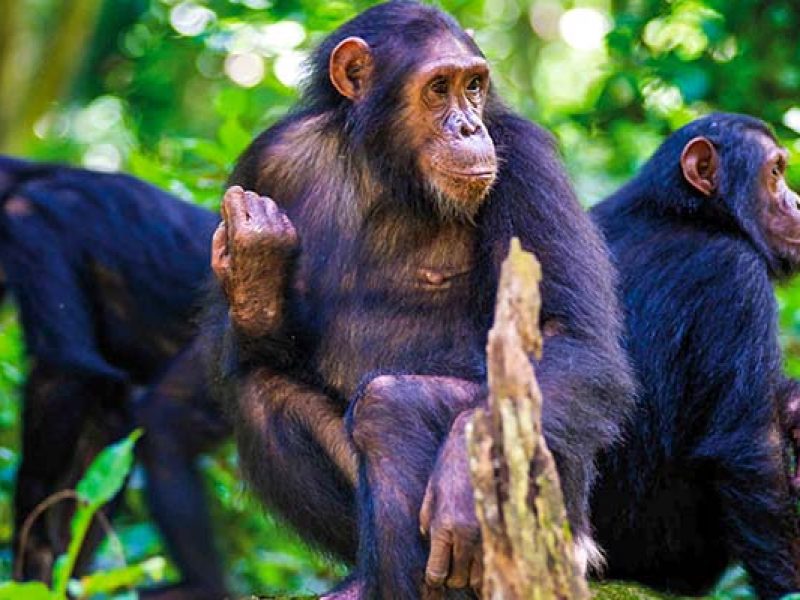 |
Chimpanzee TrackingChimpanzee tracking is one of the most popular activities in Nyungwe Forest. You’ll be assigned a ranger guide who will lead you through the forest to locate the chimpanzees. The ranger guide will also provide information about the chimpanzees’ behavior, habitat, and conservation status. You may see the chimpanzees feeding, grooming, or playing in the trees. The chimpanzees in Nyungwe Forest are habituated, meaning that they are used to human presence and do not feel threatened by visitors. |
Guided Forest HikeThere are several hiking trails in Nyungwe Forest that range from easy to strenuous. You can choose a trail based on your fitness level and interests. The trails take you through different habitats, including bamboo forests, swamps, and grasslands. Along the way, you’ll see different species of primates, such as colobus monkeys and baboons, and birds, such as the great blue turaco and the African green pigeon. The guided hikes are led by experienced rangers who can provide information about the flora and fauna of the forest. |
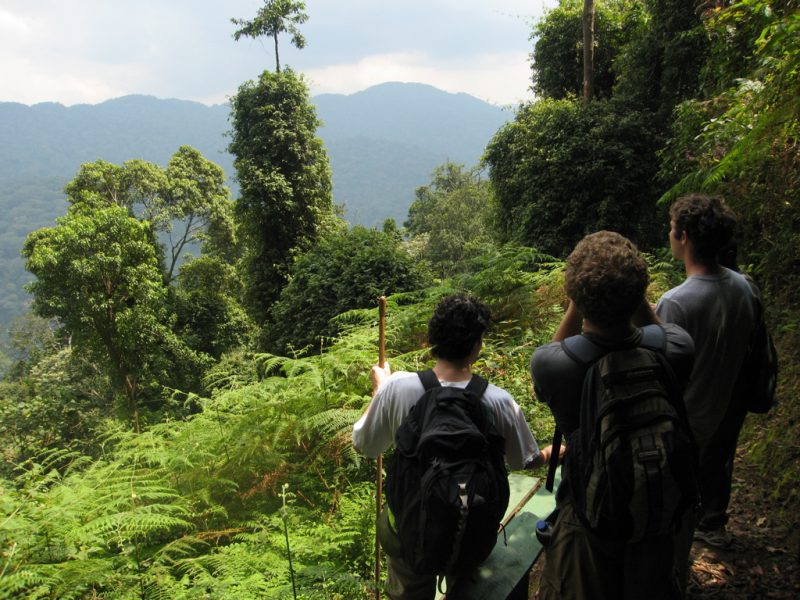
|
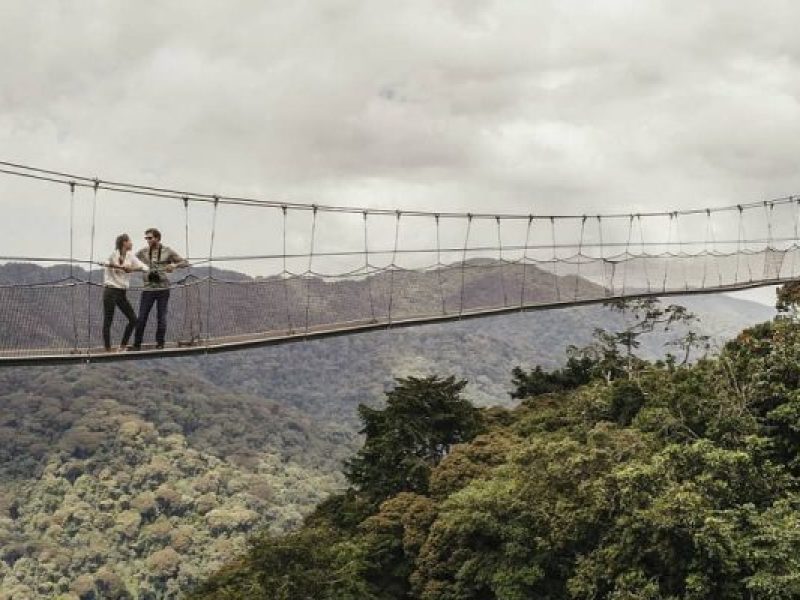 |
Nyungwe Forest Canopy WalkThe canopy walk is a thrilling experience that takes you over a suspension bridge that is suspended 60 meters above the forest floor. The bridge is 160 meters long and provides panoramic views of the forest and its inhabitants. The canopy walk is a great way to get a bird’s eye view of the forest and see primates, birds, and other wildlife that are not visible from the ground. |
Bird Watching in Nyungwe ForestNyungwe Forest is home to over 300 bird species, many of which are endemic to the region. You can take a guided birdwatching tour and spot different species of birds, including the Rwenzori turaco, the red-collared babbler, the white-tailed blue flycatcher, and the mountain yellow warbler. The guided tours are led by experienced birdwatchers who can help you identify different species and provide information about their behavior and habitat. |
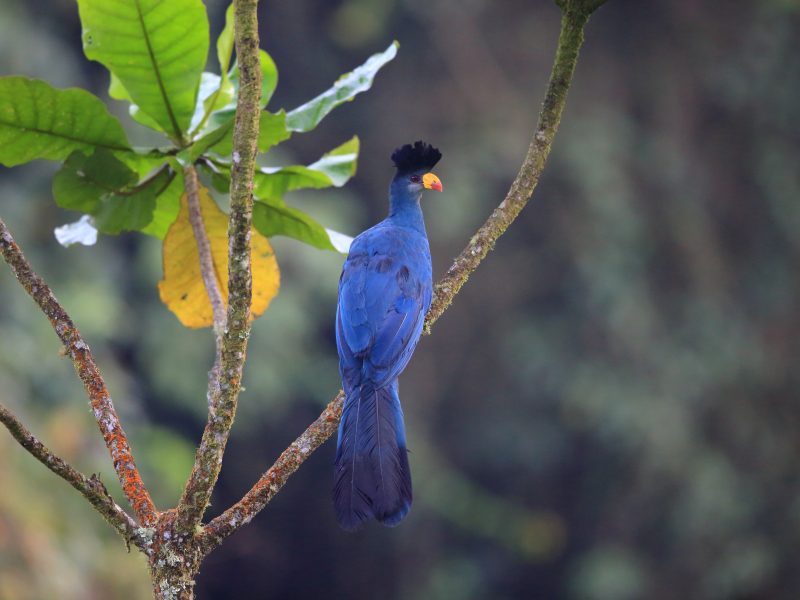 |
|
|
Waterfall HikeNyungwe Forest has several waterfalls that are easily accessible via hiking trails. The most popular waterfalls are the Kamiranzovu Waterfall and the Isumo Waterfall. The Kamiranzovu Waterfall is a 15-minute hike from the main road and is surrounded by lush vegetation. The Isumo Waterfall is a 45-minute hike from the main road and is located in a scenic valley. Both waterfalls offer a refreshing swimming experience, and you can take a dip in the cool water. |
PhotographyNyungwe Forest is a photographer’s paradise, with stunning scenery, wildlife, and landscapes. You can capture the beauty of the forest on camera and create lasting memories. Some of the best photo opportunities include the canopy walk, the waterfalls, the primates, and the birds. It’s also a good idea to bring a telephoto lens to capture close-up shots of the wildlife. |
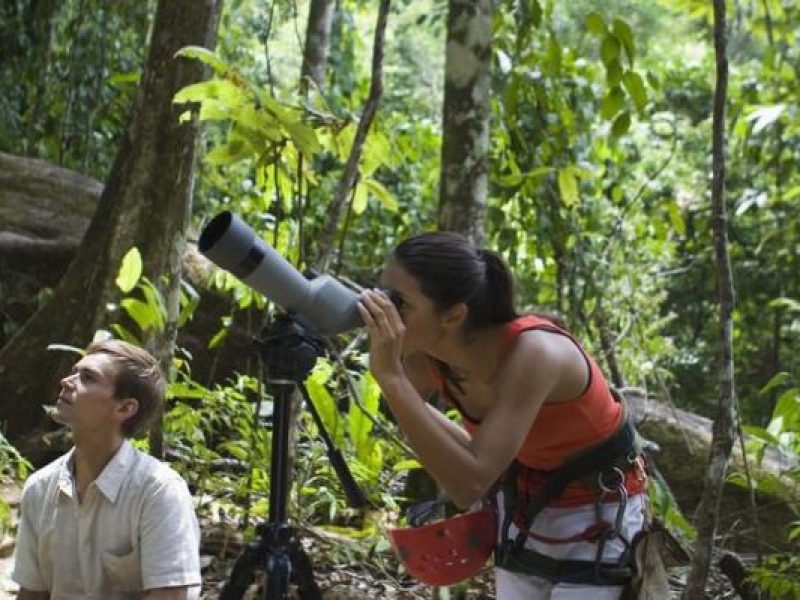 |